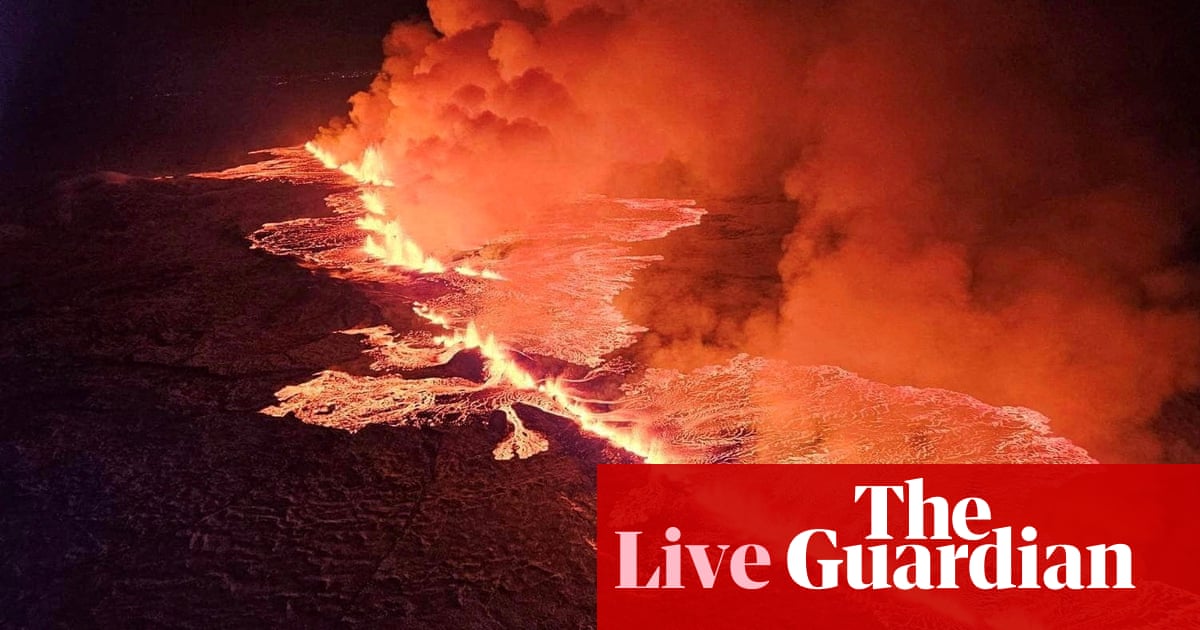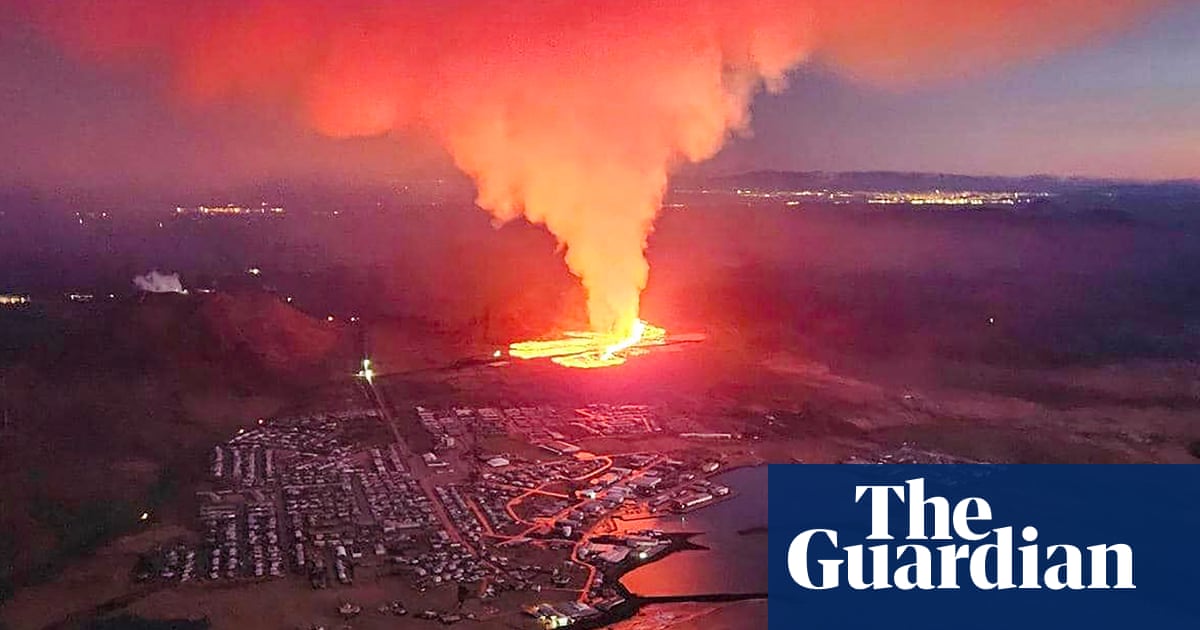
Authorities urge residents to stay indoors, wear face masks as nearby provinces also impacted
MANILA: One of the Philippines’ most active volcanoes, Taal, was on Wednesday continuing to release high volumes of the toxic gas sulfur dioxide (SO2) into the skies around the capital region and nearby provinces.
State volcanologists warned residents to stay indoors and wear face masks as a smog enveloped the capital Manila and surrounding areas.
Located 45 miles south of Manila, Taal sits in the middle of a lake and is the country’s smallest but second-most active volcano with a history of deadly explosions.
In a statement, the Philippine Institute of Volcanology and Seismology (Phivolcs) said there was “evidence that the SO2 emitted by Taal had spread to Metro Manila and adjoining areas, causing hazy skies. Phivolcs routinely checks open satellite data information for volcanic SO2 and thermal flux anomalies on monitored active volcanoes in the Philippines.”
The plumes, it added, extended almost 20 kilometers above sea level, and were mainly spread over the Batangas, Laguna, Cavite, Rizal, Bulacan, Pampanga, Bataan, and Zambales provinces and the national capital region.
“Satellite detection on June 29 showed an even larger coverage of Luzon Island,” the institute said, adding that SO2 plumes had reached parts of central and northern Luzon on Tuesday.
Phivolcs noted that the data confirmed its “observation of volcanic smog or vog over the Taal region,” for which an advisory was issued on Monday. On Tuesday, the institute recorded the highest SO2 emission at 14,326 tons per day.
It added that it had initially received public inquiries about the presence of SO2 and vog in Metro Manila and the surrounding provinces but “negated these observations due to the lack of substantiating evidence on our part and the general direction of the wind and SO2 dispersal from Taal to the northeast and east since June 28.
“We also released statements that the haze over Metro Manila is mainly due to smog from human activities,” it said based on interpretation supported by information from the Department of Science and Technology-Philippine Institute of Volcanology and Seismology (Dost-Phivolcs).
Phivolcs pointed out that as a scientific institution, it had been “reminded again of the value of uncertainty and the limitations of our data, the value of citizen observation and the need to challenge our own perceptions, interpretations, and ideas constantly.”
The institute reassured the public that it was “committed to providing the best and most current volcano monitoring data available.”
Meanwhile, it added that an alert level 2 or the threat of sudden steam or gas-driven explosions, volcanic earthquakes, and lethal accumulations or expulsions of volcanic gas “may occur any time” within the Taal volcano island.
“Local government officials are therefore advised to continuously assess and strengthen the preparedness of previously evacuated barangays (villages) around Taal lake in case of renewed unrest.”
Civil aviation authorities were also advised to inform pilots to avoid flying close to the volcano as airborne ash and ballistic fragments from explosions and wind-remobilized ash could pose hazards to aircraft.











